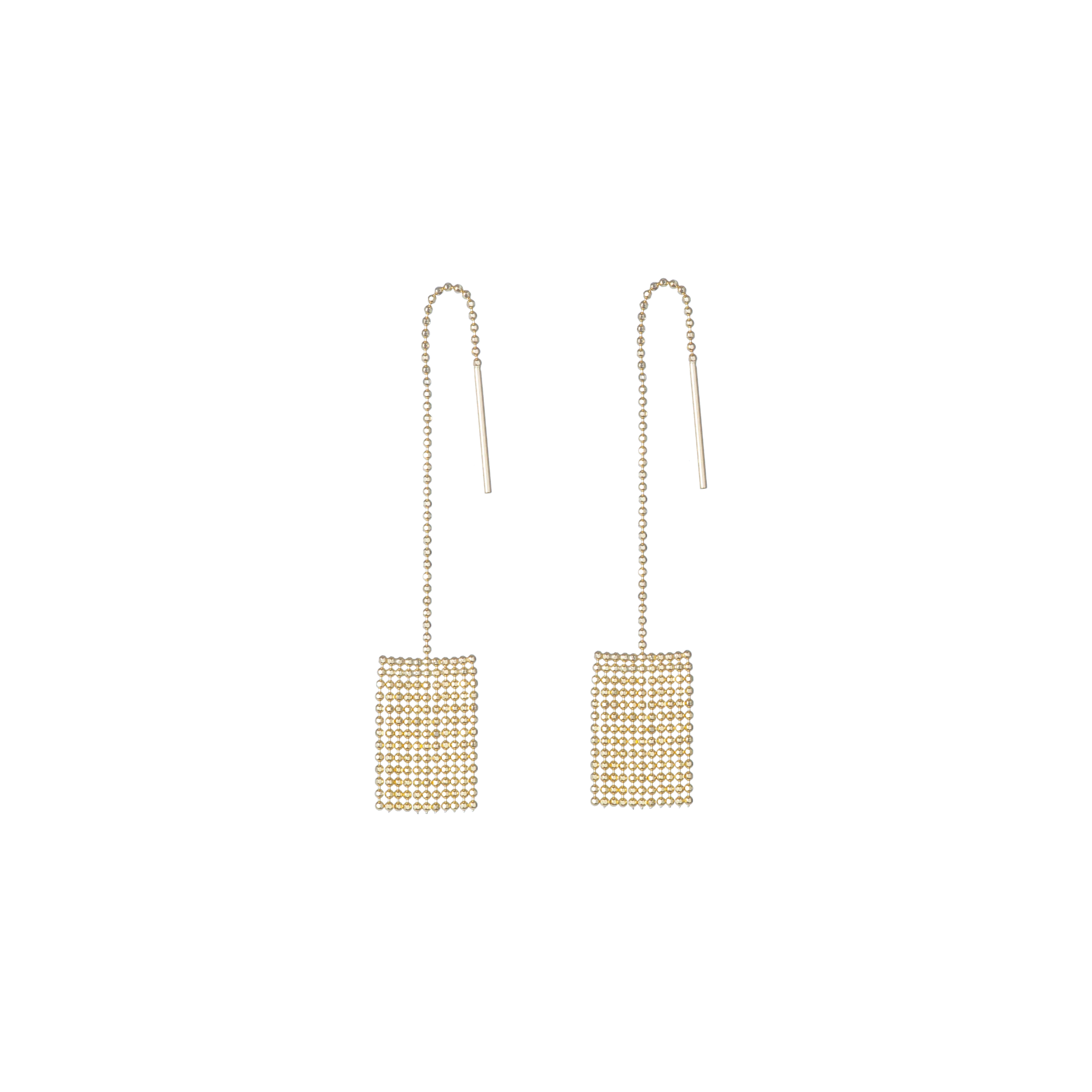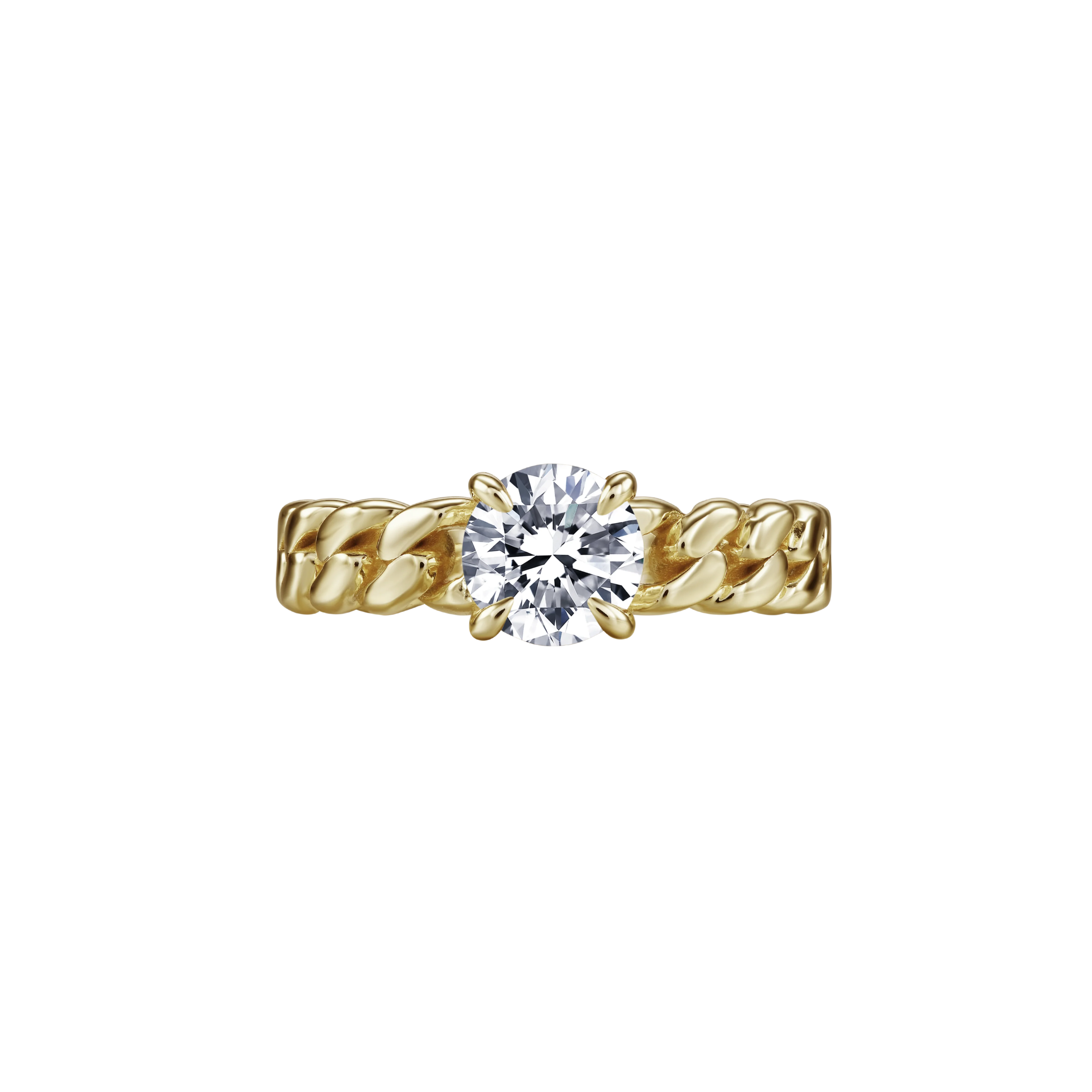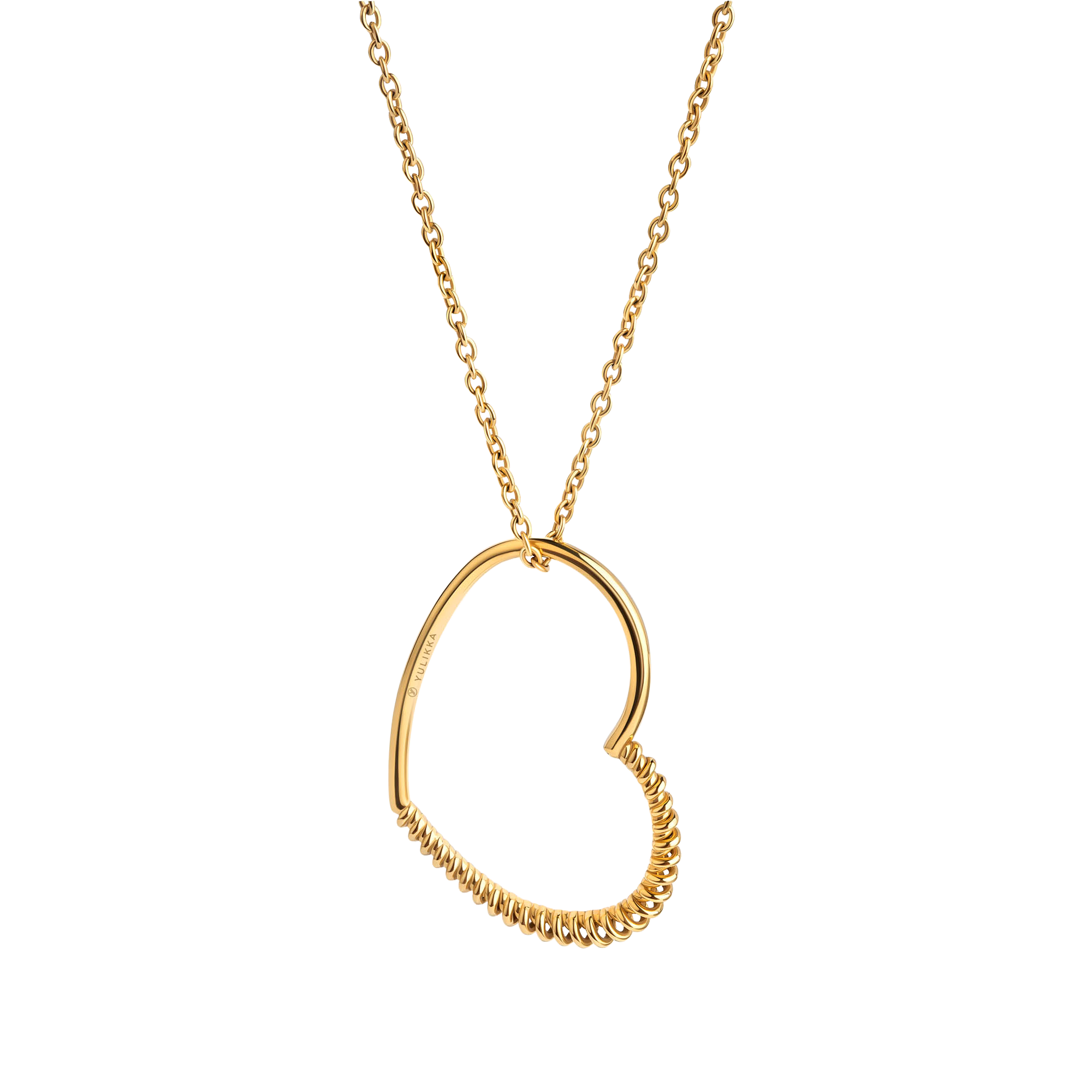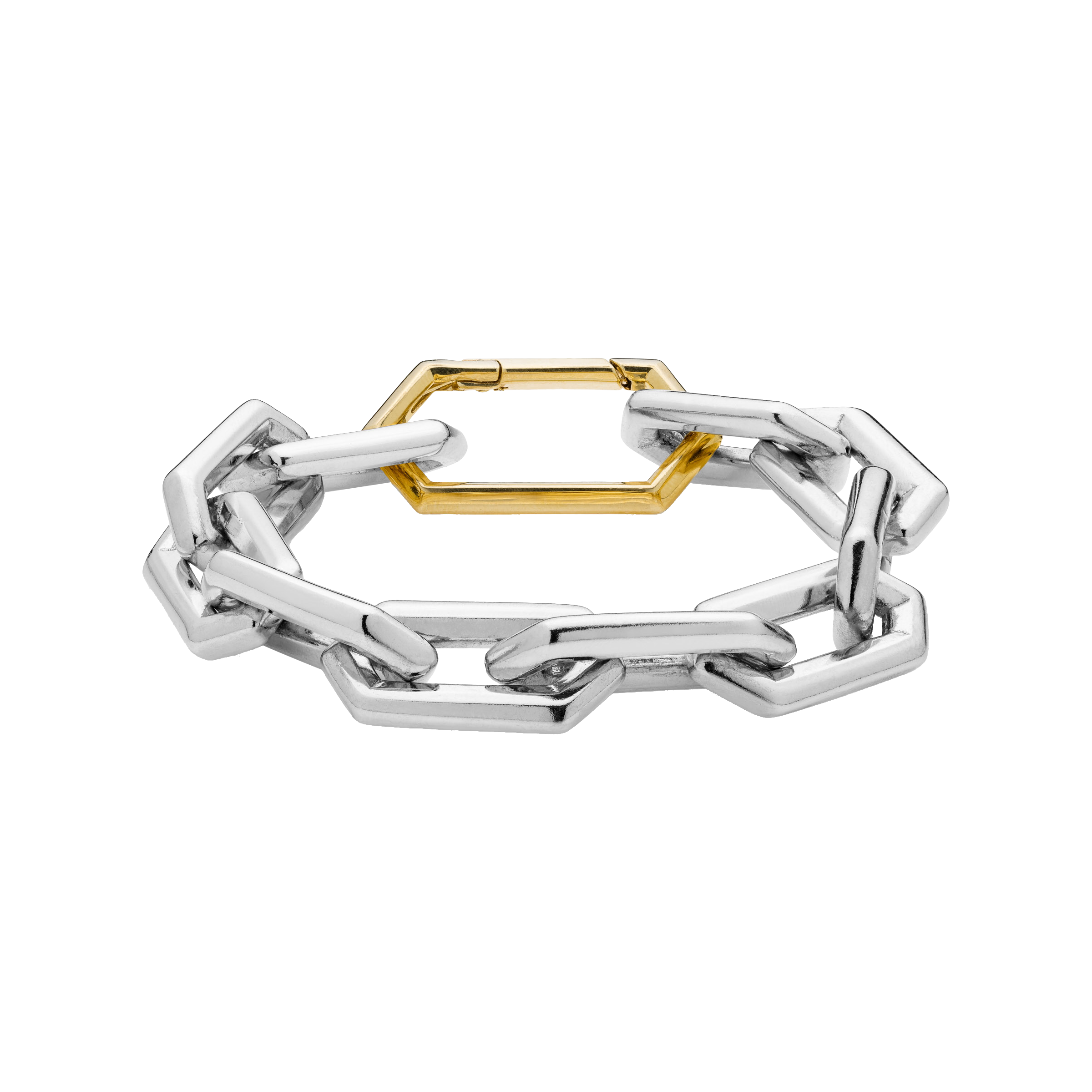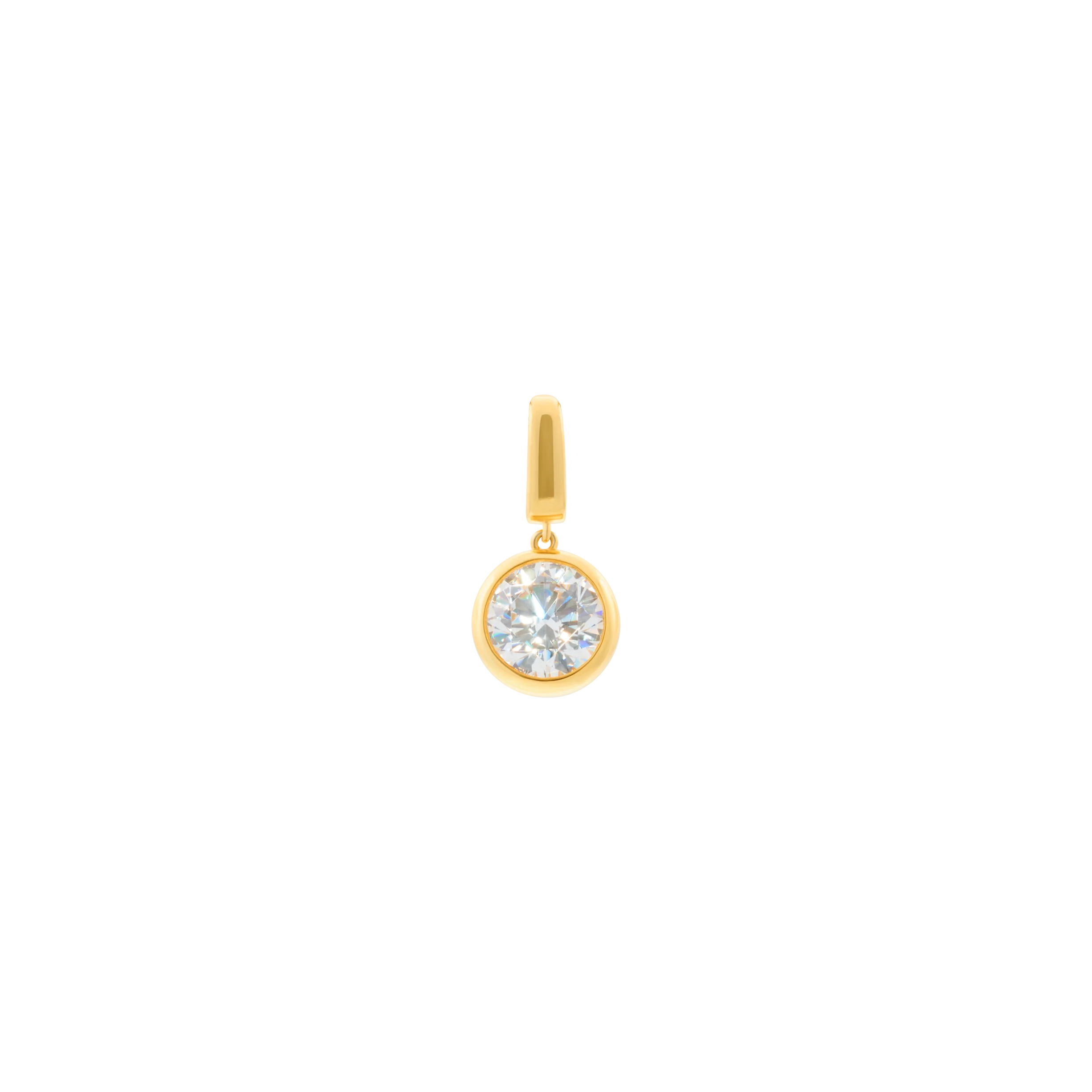Independent verification of the highest sustainability standards.

HPHT VS CVD Lab Grown Diamonds: What is the difference?
Whether you're a seasoned enthusiast or just starting your journey into the world of diamonds, the rise of lab-grown diamonds would have caught your attention. Amongst the various methods used to create these stunning gems, two prominent lab-created diamond techniques take the spotlight: HPHT and CVD. So, what sets these lab-grown diamonds apart?
First, a refresher on Lab-Grown Diamonds
Lab-grown diamonds are synthetic diamonds, that are formed in a controlled laboratory setting. These dazzling creations mirror the chemical composition of pure carbon and crystal structures, resulting in identical physical and optical qualities.
Like the natural formation process shaped by geological forces, every lab-grown diamond grows individually. Each gem tells a unique story through characteristics like color, clarity, and inclusions, reminding us that no two lab-grown diamonds are the same.

High Pressure, High Temperature (HPHT)
HPHT Diamonds: Pioneers of Lab-Grown Diamonds
The first manufacturing process used to create lab-grown diamonds, High-Pressure High-Temperature (HPHT) recreates the extraordinary conditions under which diamonds come to life, emulating the extreme temperatures and extremely high-pressure environment.
Tracy Hall, a scientist at General Electric, marked a significant milestone in the diamond industry in 1954 with the patenting of the HPHT process. Initially designed for industrial applications, this innovative method has since evolved to grace us with high-quality gemstones suitable for fine jewelry. Apart from the HPHT process of growing the diamonds, it enhances diamond colors, even for CVD-developed diamonds.
So, how exactly are HPHT Diamonds made?
Three primary manufacturing processes create HPHT diamonds: 1) the belt press, 2) the cubic press, 3) and the split beer (BARS) press.
The HPHT process starts with a carbon source, usually graphite, which is the foundation for the diamonds-to-be. The graphite is then placed into a hydraulic press and subjected to temperatures over 1,600°C and pressures over 5 gigapascals. After 2 to 4 weeks, this causes the graphite to convert into diamond crystals, ready to be skillfully cut and polished into dazzling stones.
Chemical Vapor Deposition (CVD)
CVD Diamonds: A Game-Changing Technology
Over the last decade, CVD technology has emerged as a groundbreaking force in the synthetic diamond market. These lab-created diamonds are cultivated through a modern process known as Chemical Vapor Deposition, where carbon is deposited from hydrocarbon gas mixtures.
The strides made by CVD diamonds in the jewelry industry have been remarkable. In 2023, GIA examined and graded a remarkable 34.59-carat CVD diamond, marking the largest of its kind to date. This achievement surpassed the previous year's record of a 16.41-carat CVD diamond, more than doubling in size. These advancements push the boundaries of what can be achieved through lab-grown diamond technology in record time.
So, what goes into the creation of CVD diamonds?
The process begins within a sealed vacuum chamber, where a tiny diamond seed crystal is placed and then filled with a carbon-rich gas such as methane. The gas is heated to high temperatures of about 800 °C, and microwaves or lasers are used to create a plasma from the gas. This causes the pure carbon atoms to separate from the gas and deposit on the diamond seed, layer by layer. This growth process unfolds over several weeks or months until a fully grown diamond crystal, is formed.

Benefits of HPHT Diamonds
Perfect for engagement rings and jewelry
With dazzling brilliance and durability, HPHT diamonds are a popular choice for creating stunning and timeless jewelry pieces. HPHT diamonds are ideal for fashioning exquisite engagement rings, wedding bands, diamond pendants, and more.
Predictable characteristics
HPHT manufacturers can control essential factors such as carat, cut, clarity, and color, allowing them to produce diamonds of consistent quality. This predictability enables greater customization and access to different diamond types.
The HPHT process is highly effective at permanently altering the color of lab-grown diamonds through post-growth treatment. It is renowned for achieving desired color grades, particularly within the D to H range. This precision in color control allows consumers and jewelry designers to create custom pieces with specific color preferences.
Benefits of CVD Lab-Grown Diamonds
High Precision
While lab-grown diamonds may carry slight inclusions and color variations, they can be minimized through precise control of growth conditions, such as temperature, pressure, and gas composition. With CVD technology, it is possible to produce diamonds with consistent and predictable properties ranging from clarity to color and size.
Additionally, the ability of the CVD process to consistently produce Type IIA diamonds is a significant breakthrough. Colorless diamond crystals can grow within a vacuum chamber containing only carbon and hydrogen. Type IIA diamonds are the most chemically pure diamonds, containing no measurable trace elements of nitrogen or boron. They are highly sought after for their extraordinary purity and captivating visual characteristics.
Accessibility
The controlled production process of CVD diamonds does not demand the use of extremely high temperatures and pressures associated with HPHT methods, which translates to considerable cost savings in energy, equipment, and operational expenses. This makes CVD diamonds attractive for consumers looking for high-quality diamonds without breaking the bank.
Design Possibilities
The availability of CVD diamonds in larger sizes, various shapes, and color hues empowers jewelry designers and excites customers. Whether your vision is classic or avant-garde, CVD diamonds offer endless design possibilities, fostering unique expressions and innovative creations.
New Horizons
In addition to jewelry designs, CVD diamonds are a versatile and promising material with a new range of potential industrial applications. From optics to electronics, medical devices to aerospace, CVD diamonds open the door to innovations. As this technology continues to develop, we expect to see an expanding range of applications for CVD diamonds shortly.

HPHT VS CVD
The key difference between an HPHT diamond and a CVD diamond is in how they grow. The growth processes of HPHT and CVD diamonds result in distinct crystal structures, which could potentially be identified by a diamond expert under magnification and close inspection.
HPHT lab-grown diamonds grow in a cuboctahedron (imagine two triangles and two squares meeting at several edges, each separating a triangle from a square) with 14 different growth directions, while a CVD diamond has a cubic shape and only one growth direction. This can sometimes cause a CVD diamond to show evidence of strains, but this is rare and only seen under extremely high magnification.
Here's the bottom line though: both HPHT and CVD methods make beautiful lab diamonds that will add a little sparkle to your life.
Do HPHT and CVD diamonds pass a diamond tester?
Yes! A diamond tester, a widely used device for distinguishing between diamonds and diamond simulants or other gemstone materials, relies on the thermal conductivity properties inherent to diamonds. HPHT and CVD diamonds have the same chemical makeup and chemically identical crystal structure, so their thermal conductivity is comparable.
How to tell the difference between an HPHT and a CVD diamond?
As with other gemstones, HPHT and CVD diamonds can be expertly tested and differentiated. Reputable gemological laboratories like the International Gemological Institute (IGI) and the Gemological Institute of America (GIA) can help you make an informed choice.
Inside these labs, expert gemologists use different techniques and specialized equipment to unveil markers that differentiate these lab-grown types. For instance, HPHT diamonds may appear magnetic due to metallic flux inclusions, caused by catalyst metals used during the growth process. Watch for the "blue nuance", a subtle blue color resulting from excess boron.
On the other hand, CVD diamonds can sometimes contain dark graphite inclusions or other mineral impurities, a distinctive feature of their growth process.
When comparing different lab-grown stones, take a moment to read the diamond certificate. It details the diamond's characteristics, including its origin as a lab-grown gem and the specific growth method employed.
And, of course, don't forget the importance of the 4Cs of diamonds - cut, color, clarity, and carat weight - to ensure you choose the one that best suits your needs.
To conclude
Ultimately, whether you're drawn to the shine and dazzle of HPHT diamonds or CVD diamonds, there's a universe of possibilities waiting for your jewelry collection. Explore the wonders of lab-grown diamonds and embrace the sparkle these gems have to offer.

